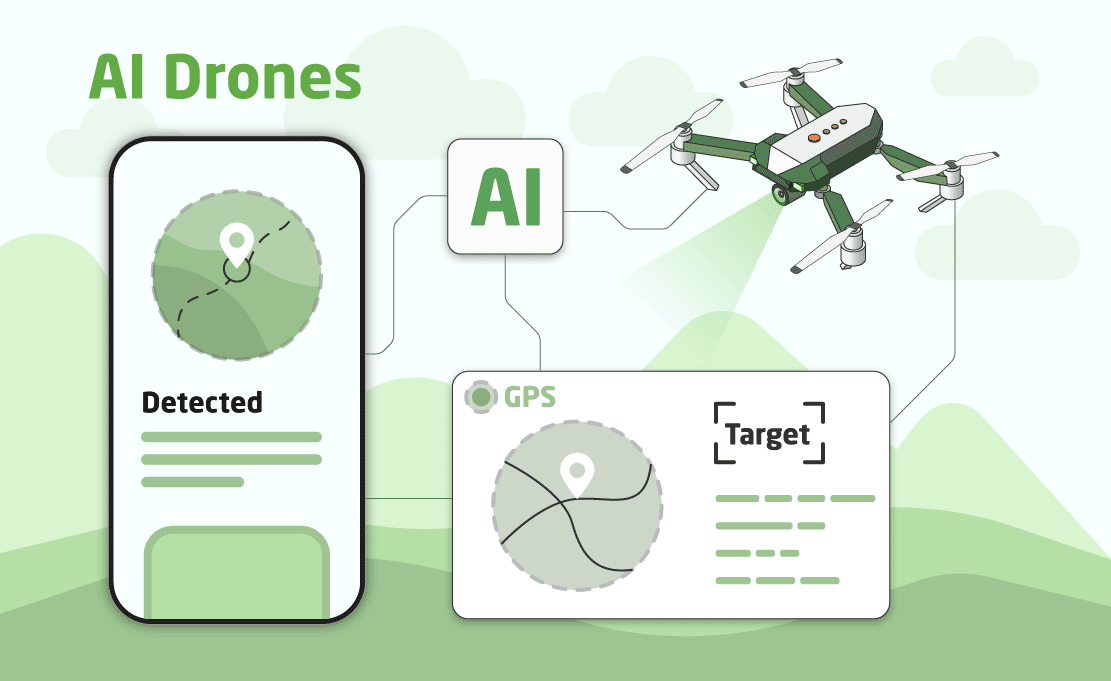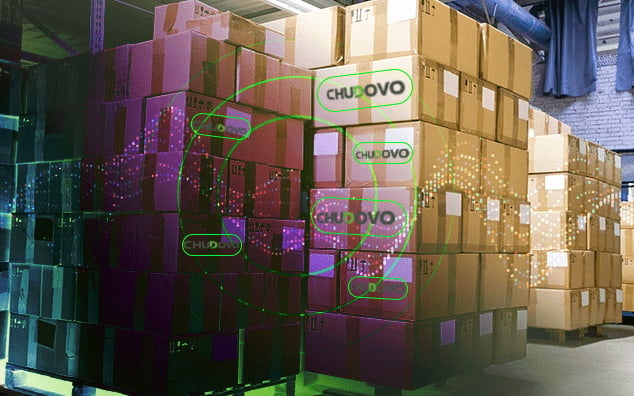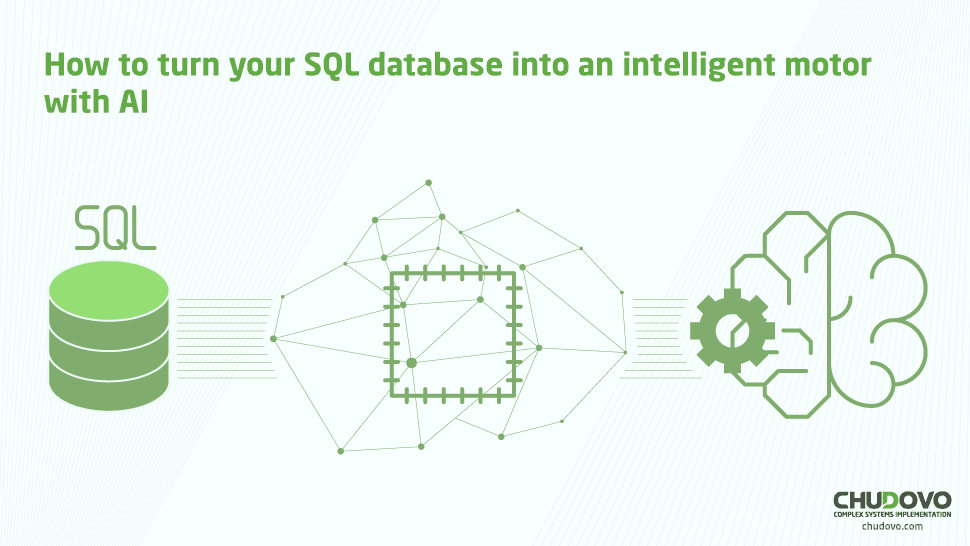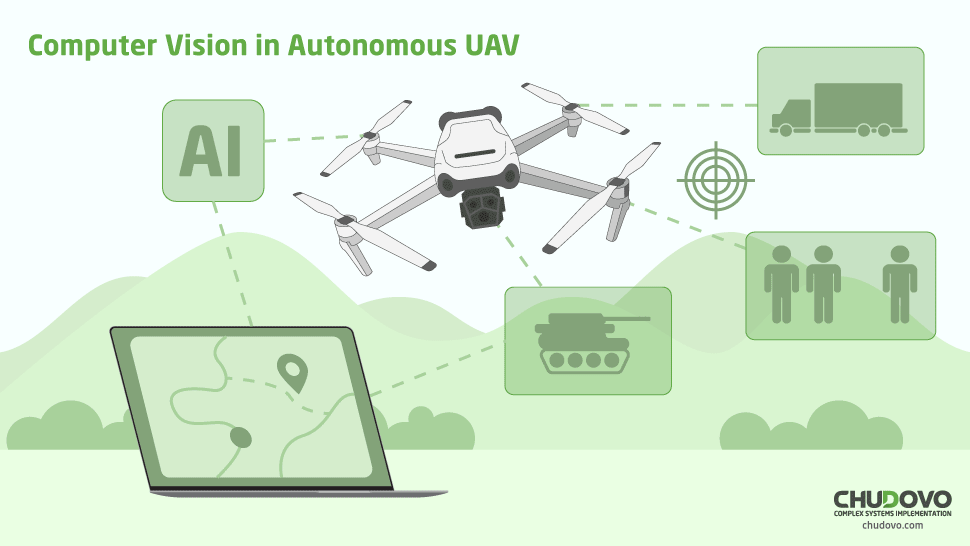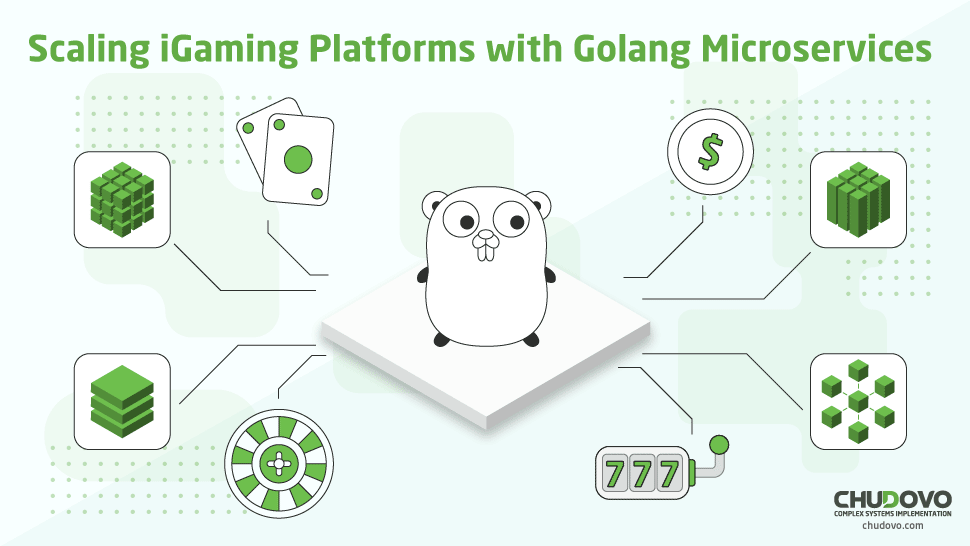Usage of Model-Centered Paradigm (MCP) to Build AI Projects from the Ground Up
Projects that implement AI are, by nature, very complex to build and maintain. Language models can behave in many different ways, and such projects usually deal with massive amounts of data, integrate with many different systems, and are always retraining their base model. Because of all of this, if the project isn’t well-structured from day one, its maintainability and scalability will be more complicated than they should be.
So, to deal with this situation and create projects that can scale both in the amount of data used and functions implemented, the model-centered paradigm was created. It provides clarity, control, and scalability for AI development, handing a project structure that will help your company and systems grow and become more stable and professional. Its model-based approach fosters the evolution of the system with new components and functionalities, whilst not losing the consistency and quality.
So, to help you better create an AI agent that will be trustworthy and reliable for future iterations, we have written this article on how to build an agent using MCP.
What Is The Model-Centered Paradigm (MCP)?
The Model-Centered Paradigm (MCP) is a set of software and systems development principles used for the creation of complex applications, most of all, AI agents. Its approach says that models are central artifacts used throughout the entire lifecycle of a project, from the early start of the planning process to the implementation and maintenance.
Its core principles say that, before starting to write code, developers must first build abstract models that represent the structure, behavior, and rules of the system. These models then set the basis for the development of the project, serving as the source of truth for documentation and guiding the implementation in a consistent way. Also, the code for the project can be generated by AIs, which will have a very low level of failure and generate trustworthy code, as they can reliably base themselves on the models implemented.
The idea of using models in software engineering is pretty consolidated in the market. Other very popular concepts also use it, such as Unified Modeling Language (UML) and Model-Driven Architecture (MDA). They were created in the 1990s to promote model-based thinking; still, MCP takes it further to solve problems such as low reusability, poor explainability, etc. It embeds models more deeply in the engineering process, integrating AI systems and supporting iterative development, meaning that models will evolve together with the code.
Why MCP Matters for AI Development
Modern AI projects go far beyond the mere training of an AI model with a few information and some computing power. They also involve a great volume of data, complex pre-processing, running machine learning models, monitoring, and retraining, etc. This generates a need for a very well-structured approach towards the development, allowing for a holistic vision of the project. That’s where MCP excels: it offers a way to map and organize each component in a clear, visual, and connected way.
That’s because, as AI projects will deal with huge amounts of data, this abstraction defines what the system must understand before it understands how to do it. It then fosters traceability, allowing for the documentation and monitoring of the project. That’s crucial for the project audit, governance, conformity with legislation, and reliability of the project.
So, to sum everything up, the benefits of using MCP with AI are modularity, explainability, and reproducibility. Modularity allows for the division of the system into well-divided parts: data, logic, inference, and interface. Explainability allows for the understanding of how the model works, avoiding “black boxes” and improving communication with clients and users. Reproducibility, lastly, allows for the reconstruction of the model with precision, which helps the scientific study of the project.
Core Components of MCP in AI Projects
The Model-Centered Paradigm revolves around building and integrating different types of models, each one with a specific purpose. All of them, though, are interconnected within a unified vision of the system; it translates into four great pillars:
- Conceptual models. Example: User interaction, system architecture
These are very high-level models that describe what the system does and how it fits into the real world. Their purpose is to capture requisites, functionalities, and iteration processes, such as use case models, user experience diagrams, and system architecture. Think, for instance, about the user journey when interacting with an automated recommendation. The conceptual model is the architectural layer that defines how it should behave, and other layers will implement it.
- Data Models. Example: Entities, attributes, relations
They’re the models that define exactly which data the system deals with, how they relate to each other, and how they’re stored or represented. It structures the information within the system domain, with entities such as User, Transaction, Product, Event, etc. They also represent relations such as “one user can have many purchases”. It is fundamental to define the dataset used in the training, testing, and model inference.
- Behavioral Models. How the system must respond or adapt itself
These models represent rules, conditions, and expected responses from the system. It models the dynamic logic; for instance, if the system is supposed to prevent churn rates, it should perhaps send automatic notifications. It is a largely practical type of model, defining how the system is supposed to behave and interact with the external world. It’s very useful to combine traditional logic with AI-based decisions as well, combining static numerical values with input and output, etc.
- Machine Learning Models and Their Integration into MCP. Machine learning models that integrate with the whole project.
This is the actual AI model, that is, the “intelligent” part of the system. Its objective is to represent and implement complex functions, such as classification, prediction, generation, etc. With MCP, these models are seamlessly integrated with the rest of the system. That is, the predictive model is tied to the data, to the system behavior, and the interface, and it is all documented and traceable.
Together, these four types of models are the dorsal spine of model-centered AI systems. With MCP, the AI model isn’t an isolated component, but part of a wider ecosystem, and that’s how and why it is so much better for actual AI development and real-life usage.
How to Implement MCP in an AI Project
Here’s a step-by-step guide on how to implement the Model-Centered Paradigm in an AI project, implementing models throughout the development process.
- Define business and system requirements. Before hands-on code writing or model creating, you must first identify your business’s goal, that is, what you want your system to do exactly. Then you need to understand the system context (that is, where it will be used, such as mobile apps, SaaS, CRM, etc), and its constraints. With this step, you’ll rest assured that the models you build will directly align with business value, and your system will be useful for your client base.
- Create conceptual and data models. Now, we must start building conceptual models to describe user interactions, high-level architecture such as components and data flow, and use cases. Then, tackle the data models, defining entities, relationships, data attributes, data sources, and schemas, etc. Use tools like UML, ER diagrams, and also create your domain-specific modeling language. These models are the blueprints for both software components and AI pipelines, so they are very important.
- Select or design ML models. Based on your goals and data, you must choose the appropriate ML technique, such as classification, clustering, etc. Then design model inputs/outputs based on your data models and document hypothesis, metrics, and expected outputs. Here, data scientists will build, train, and evaluate models. Also, remember that the model that holds the AI is just one model among others and must follow the rules of the system.
- Map models to system components. Now, you must translate each model to the system’s actual components. That is, data models must become database schemas and APIs; behavioral models become application logic, and ML Models, inference services. This ensures that all implementations are traceable back to models, as in MCP, nothing exists without a model-based justification.
- Automate code and pipeline generation (where possible). Here is a very important step: nowadays, it is simply useless to manually write all of your project’s code, most of all if you’re building an AI project. You can use your models to generate boilerplate code, validation logic, ML pipelines, configuration files, and documentation. Also, tools like model-driven frameworks and MLOps platforms can drastically speed up development. That’s how so many AI startups have deployed and gained traction so fast: most of the work is done by models and tools for code generation.
- Deploy and iterate. Once everything is done, deploy your AI system into production, monitor its performance, and use feedback to refine your product. MCP encourages continuous iteration, leaving you with a framework to continuously improve your product and give your users the best.
Tools and Technologies That Support MCP
To use the Model Centered Paradigm in a project, there’s no need to reinvent the wheel. There is already a whole mature environment of tools to foster the development of AI projects, from modeling to deployment. Here are some of the most popular tools in 2025, divided by categories:
- Model-driven tools: Creation, edition, and model synchronization
| Tool | What it does | Why does it help in MCP |
| Sparx | UML Modeling, BPMN, SysML V2, code generation | Centralizes conceptual, data, and behavior data; exports artifacts to the whole team |
| Eclipse Modeling Framework + Papyrus | Customized metamodels, graphic edition, and automatic validation | Allows for the creation of DSLs (Domain-Specific Languages) that reflect the domain of your AI product |
| JetBrains MPS 2025.1 | Language-oriented IDE, with full-stack code generation | Model → Code and Code → Model transformations keep their bidirectional traceability |
| Modelix Cloud | Git-like repository for models, with real-time collaboration | Allows for the versioning of models the same way code is versioned |
| Cameo Systems Modeler (ex-MagicDraw) | SysML/UML for complex systems | Integrates requisites, cost analysis, and supply chains in a single metamodel. |
- AI/ML frameworks: Training, versioning, and serving machine learning models
| Tool | What it does | Why does it help in MCP |
| TensorFlow 3 & Keras 3 | Classic training + DL, support to SavedModel and TF Serving | Unifies the shape of artifacts, easy to link to the data model pipeline |
| PyTorch 2.3 | Research and production; exports to TorchScript or ONNX | ONNX becomes a model artifact traceable within the MCP |
| MLflow 3.0 | Experiments tracking, registry, automated reproduction | Each version of the ML model is registered and referenced in the behavior diagram |
| Kubeflow 2 | Declarative pipelines for Kubernetes | Connect ML “nodes” of your system flow to real jobs, inheriting scalability |
| Hugging Face Hub + Transformers | LLMs repositories, inference with text-generation-inference | Language models become plug-and-play components mapped in the MCP blueprint |
- CI/CD tools that integrate with model-based pipelines: From generated code to production seamlessly
| Tool | What it does | Why does it help in MCP |
| GitHub Actions / GitLab CI/CD | Workflows triggered by changes in model files (.uml, .emf) | Automatic artifact build + model conformity testing |
| Jenkins X | Declarative pipelines with preview environments | Each model branch generates an isolated environment for stakeholders’ validation |
| Argo Workflows | DAGs Kubernetes for ML + data tasks | Maps 1-on-1 with the behavior diagram; each node of the model becomes a pod |
| DVC 3 + GTO | Versioning of data/models, promotion gates | Links the dataset hash to the commits of the conceptual model, guaranteeing reproducibility |
| Terraform 1.8 & Pulumi | Infra-as-Code generated from the deployment metamodel | If the diagram indicates “GPU-on-demand”, the IaC code is generated and automatically applied |
Conclusion
To sum everything up, MCP is then of extreme importance for the development of sustainable and scalable AI-related projects. It sets the basis for the development of a reliable, maintainable, and auditable project. All of it is very important for every single stakeholder related to the project, including the developers themselves; hence, it is undoubtedly the best option for this type of product.
That’s because of how the concept fits well with the general idea: using abstract models is very useful when you have a huge set of data and objects to be parsed and interpreted. With this, you can rest assured of how exactly the system will work and how to implement new features, retrain, and such. Because of this, it is highly recommended to use MCP for AI development.
And, in case you want a specialized consultancy company to help you develop your AI system, you can contact us! We are a consultancy focused on delivering top-notch software in many different areas, having delivered many advanced AI/ML projects. Schedule a meeting with us, and let’s see the best way to create your Artificial Intelligence project and get ahead of your competitors in the new market race!


